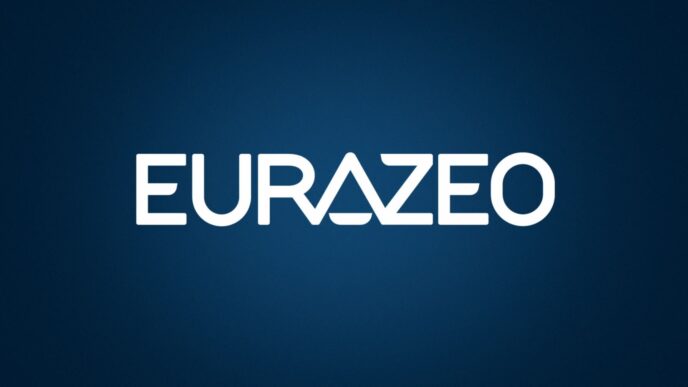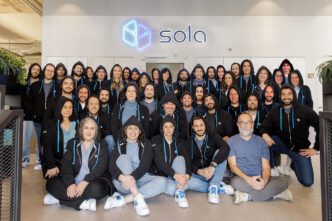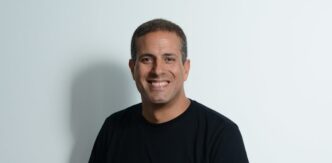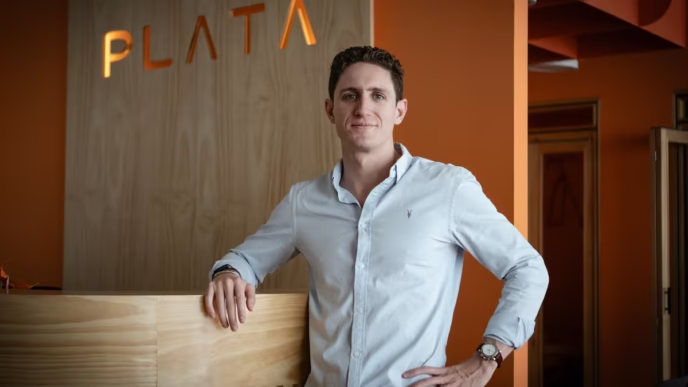A new wave of innovation is taking shape in Europe’s AI ecosystem—and it’s not another chatbot. The real action is unfolding in the quest to build 3D foundation models that generate fully interactive, lifelike environments from a single text prompt. And leading that charge is Matthias Niessner, one of Europe’s most respected researchers in AI and visual computing.
Niessner, who previously co-founded the AI avatar unicorn Synthesia, is now launching a new startup called SpAItial. Backed by a hefty $13 million seed round—rare for an early-stage European company—SpAItial is betting on a future where anyone can build dynamic 3D worlds with nothing more than a keyboard.
While today’s AI models like OpenAI’s GPT-4o or Stable Diffusion excel at turning text into images or conversations, true 3D generation remains elusive. The goal? Text-to-world AI: tools that not only craft realistic 3D spaces but allow users to interact with them like they would in the physical world.
SpAItial is chasing that ambitious vision. The startup may not have a product in-market yet, but its teaser video—where a simple prompt renders a 3D room—is already turning heads. And so is its team.
A World-Class Team for a Next-Gen Problem
Niessner isn’t going at this alone. He’s joined by Ricardo Martin-Brualla, who helped shape Google’s immersive teleconferencing tech, and David Novotny, who led Meta’s text-to-3D generation project. This technical dream team is now united in building models that make digital worlds not just visible—but touchable.
Their competition? It’s there, but still thin. Startups like Odyssey and World Labs (co-founded by AI legend Fei-Fei Li) have staked early claims in this space. Yet, according to Niessner, the field is wide open compared to text or image generation—and the potential is even bigger.
As he puts it, “we don’t just want to see a virtual world. We want to live in it. Interact with it. Break things. Build things. No one’s nailed that yet.”
Beyond Gaming: A Massive (and Vague) Opportunity
The clearest application for 3D foundation models is in gaming. Imagine designing a game world as easily as writing a paragraph. But the implications go much further—spanning digital twins for urban planning, immersive training for robotics, virtual set design in entertainment, and architectural visualization.
The challenge? While the use cases are exciting, they’re also sprawling and undefined. That’s why SpAItial plans to license its foundational model to developers, encouraging downstream apps tailored to real-world needs.
Niessner’s long-time friend and former Stanford roommate, Luke Rogers (previously an exec at Cazoo), has come aboard to drive the business. Together, they’re already eyeing partnerships with companies willing to test SpAItial’s early APIs—even before the models reach final quality.
Unlike many VC-backed startups that prioritize scale, SpAItial is staying lean and focused. Niessner insists they don’t need a 100-person team right away. Instead, the early investment will go toward high-caliber hires and the computing power required to train these next-gen models.
A Future Where Kids Build Worlds in Minutes
SpAItial’s boldest promise is also its most whimsical: empowering a 10-year-old to create a playable video game in 10 minutes, just by typing out a description. That level of simplicity, Niessner believes, is the true breakthrough.
Strangely enough, building entire worlds may turn out to be easier than generating individual 3D objects—thanks to the locked-down nature of current gaming platforms. But if SpAItial succeeds, platforms like Roblox may need to adapt quickly—or risk getting leapfrogged.
Ultimately, SpAItial isn’t just building a tool—it’s trying to redefine how digital content is made, shared, and experienced. And with the backing of top-tier investors like Earlybird Venture Capital and Speedinvest, they’ve got a real shot at it.
As Niessner and his team push forward, one thing is clear: the era of text-to-3D foundation models is no longer a dream. It’s the next great frontier—and it’s already under construction.













